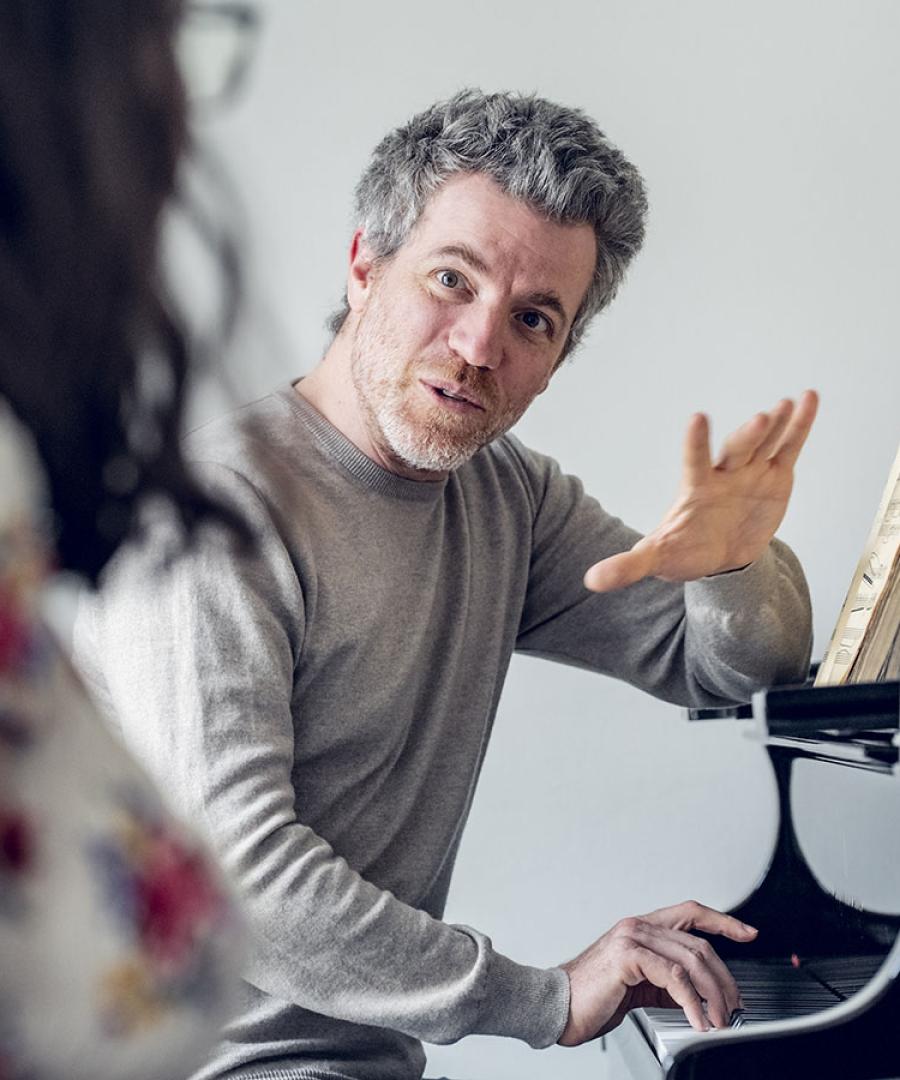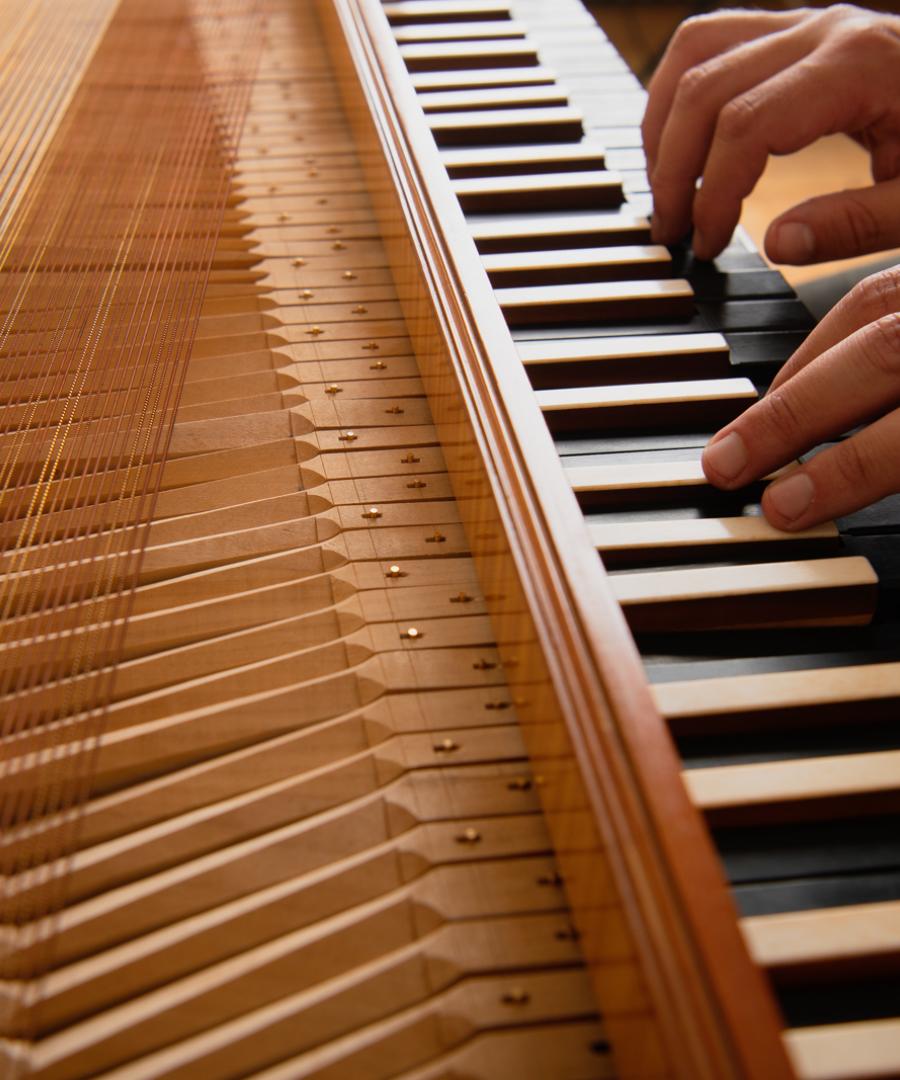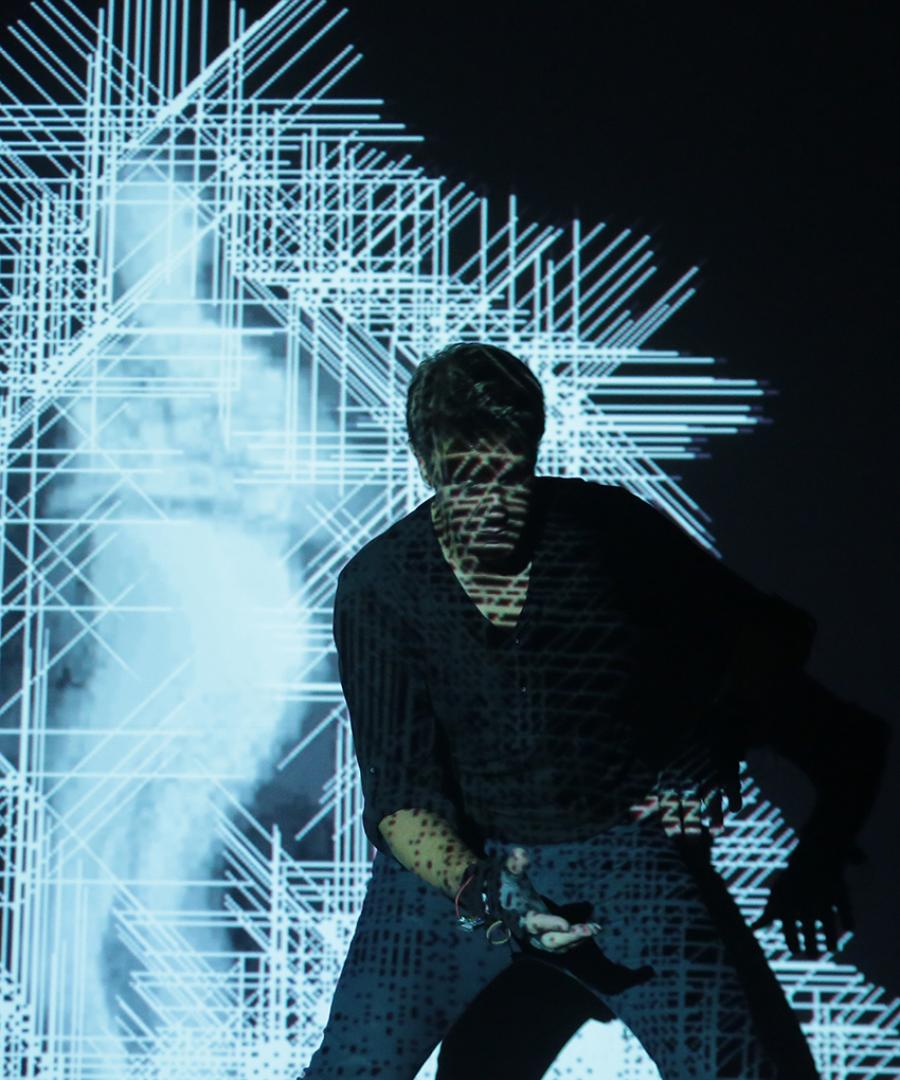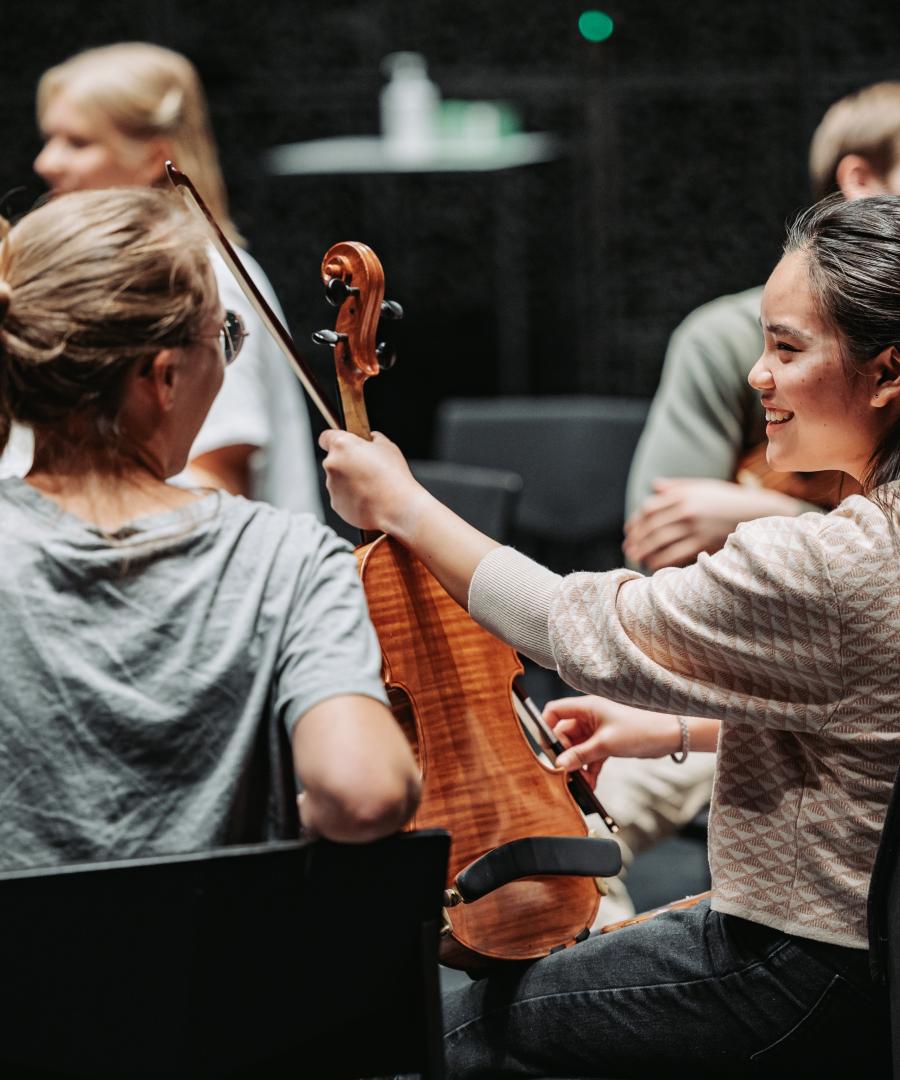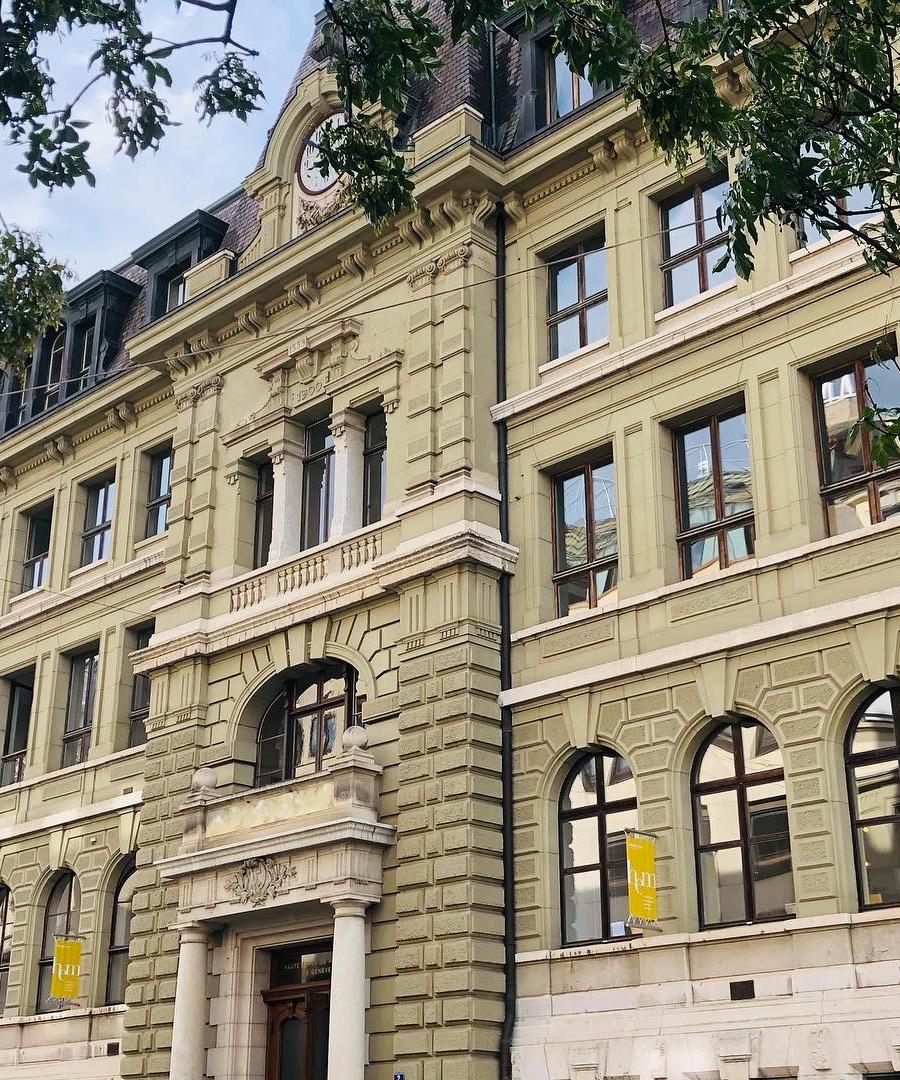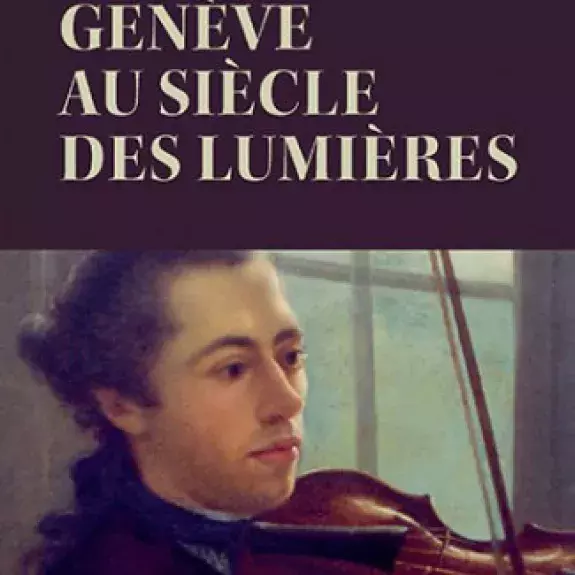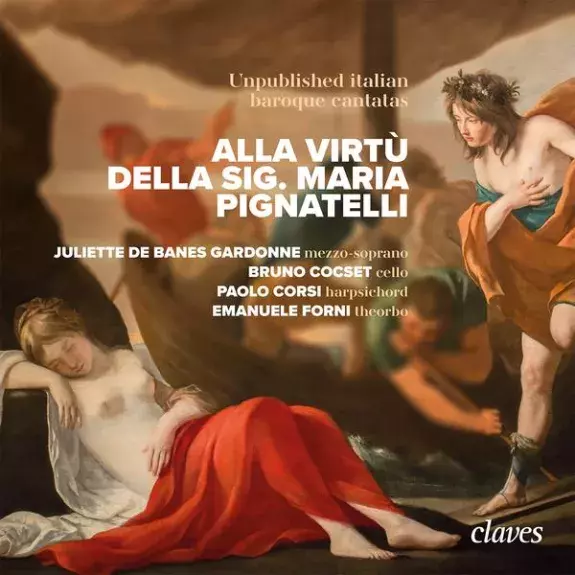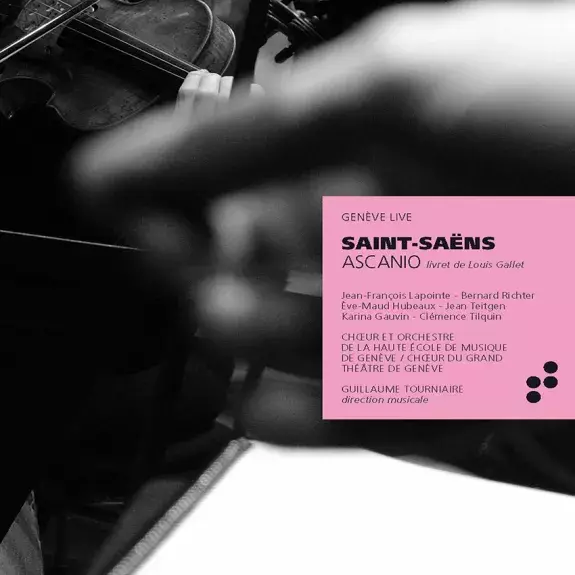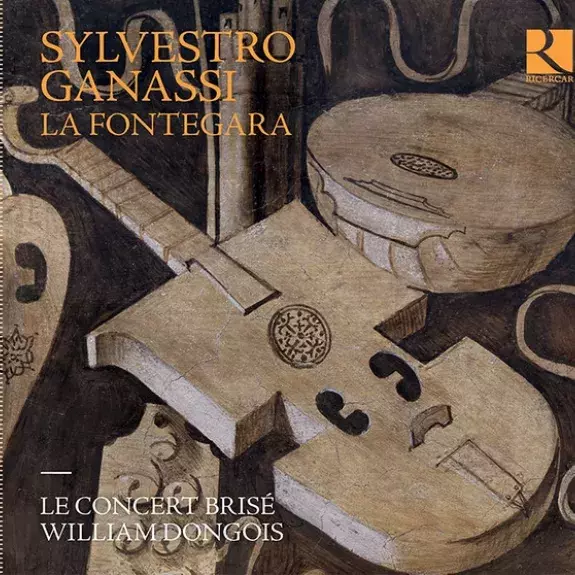- Studies
- Disciplines
- Research
- Events
- The school
Genève au Siècle des Lumières
Auteur(s)
- Florence Malgoire
- Paolo Corsi
- Denitsa Kazakova
- Esmé De Vries
Genève au Siècle des Lumières, works by Gaspard Fritz, Nicolas Scherrer and Friedrich Schwindl, Claves Records, 2017.
Florence Malgoire, violin and conductor of the HEM Baroque Orchestra.
Le Harmoniche Sfere avec Denitsa Kazakova au violon, Esmé De Vries on cello and Paolo Corsi on pianoforte.
Résumé
After the Protestant reform of the 16th century, Geneva established itself as an intellectual and religious center. Attracting a large community of foreign nobles, the city did not remain isolated from European artistic tastes. Itinerant musicians, amateurs and dance masters are then the essential actors in the dissemination of musical practices required by good education.
In the middle of the 17th century, “music concerts” brought together Genevan amateurs, travelers and foreign nobles. During one of them, forty young people from good families decided, in 1717, to create a concert society which would soon have a room set up at the Town Hall, where they would perform for more than a century of Genevan musicians and passing artists. The city can now count on an orchestra, essential for performing the contemporary repertoire, but also for greeting distinguished guests, for celebrating a birth or a royal wedding in France, and soon for performing operas - fashionable comics. If theater aroused the ire of moralists, music was never contested. Moreover, from the dawn of the 18th century, pastors supported initiatives aimed at establishing music schools and envisaged the return of organs to temples.
Far from being limited to patrician salons, the practice of music spread among the bourgeoisie and in the world of wealthy artisans, offering work opportunities to music and dance masters, luthiers, and even music engravers. The geographical location of Geneva, at the crossroads of major European roads, as well as its prosperity explain the passage of famous musicians who found here the opportunity to play or teach with amateurs who, if we are to believe the quality of certain music libraries, are very aware of the music of their time. Coming from different countries and cultures, these musicians allowed local artists to benefit from their cultural background and their artistic language, thus contributing to the development of a flourishing musical life in line with the major European stylistic trends.
Gaspard Fritz, Nicolas Scherrer and Friedrich Schwindl, three players in musical life in Geneva
Gaspard Fritz (1716-1783) is the most famous Geneva musician. Composer and violinist born in Geneva, he studied first with his father, Philippe Fritz, a musician from Hanover, then with Giovan Battista Somis in Turin, before returning to his hometown where, with the exception of a trip to Paris , he spent his whole life. A recognized master, he was a teacher, composer and above all a violin virtuoso. He published between 1742 and 1772 in Geneva, Paris and London five volumes of sonatas and symphonies which, noticed by Locatelli and Handel, earned him international fame.
Nicolas Scherrer (1747-1821) comes from a family of musicians particularly active in Genevan musical life in the 18th century. His father, originally from Saint-Gall, was the famous organ builder Samson Scherrer, author, among others, of the instruments installed at the Saint-Pierre cathedral in 1757 and at the Fusterie temple in 1763. His brother, Jean-Jacques, was like him, composer, music master and organist; as for his sister, Suzanne, she ran a music engraving workshop in Bourg-de-Four. Nicolas Scherrer is a figure in the Geneva musical world who we are happily rediscovering today.
Friedrich Schwindl (1737-1786) was probably born in Amsterdam. A violinist, flautist and pianist, he first gained attention in Germany where he obtained prestigious positions (Konzertmeister of the Margrave of Wied-Runkel, chamber musician of the Count of Colloredo) before undertaking a journey across Europe. Arriving in Geneva around 1773, he remained there until around 1778, deploying intense activity as a music master, composer and often performing in public concerts. If Schwindl is best known for his symphonies - which were played at the spiritual concerts of Paris - his chamber music works demonstrate great refinement and are part of the musical aesthetic of this period, straddling baroque and classicism.
